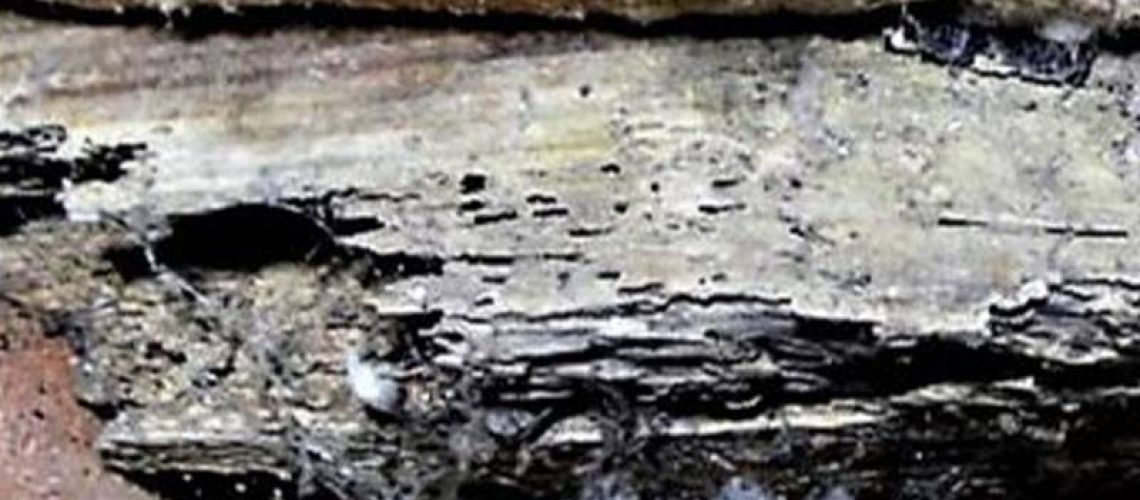Do you know what is lurking down there?
The crawlspace might seem like a relatively unimportant part of a home, especially compared to systems that the residents see and use every day. But defects can lurk inside, and some of them could have widespread effects on the rest of the house from top to bottom. This part of a house gives inspectors an up-close-and-personal look the overall integrity and energy efficiency of the house.
The crawlspace can reveal structural issues including poor renovation or upgrade attempts from years past as well as defects that may evolve naturally over time. Because most homeowners will rarely, if ever, venture under the house, an inspector is their eyes and ears that can report back with a clean bill of health or defects that need attention.
I can’t tell you the number of times I have crawled out of a crawl space that has had many significant problems that have been going on for a long time and the owner is surprised since they have had plumber, pest inspectors, or HVAC techs in there and they never mentioned anything about the excessive moisture, cracked foundation wall or pier, mold or whatever. Well it is not their job to evaluate the entire CS, they only look that their system.
Crawlspace areas can hide a multitude of ills that could affect the entire home. Because few homeowners want to crawl or scoot underneath the house, defects might go undetected for years. That can lead to major wood rot, structural, plumbing, and electrical issues, infestations, allergy problems and sky-high energy bills.
Of all the defects I find, the most common, and the most destructive, is probably a wet or damp crawlspace. This is the reason I stick my head into the crawl space before I even look inside of the house. I look for signs that the CS may have moisture issues: lots of camel crickets, insulation is hanging down in strands, mold, smell, pooling water, fallen ducts, …. The condition of the crawl space will affect the “health” of the entire house. Not only is a wet crawlspace the most common problem we encounter, it is also the most damaging. We find that this one thing that homeowners neglect the most, typically results in the most aggravating and most expensive damage to the structure, and to the occupants.
Dampness under the wood floor structure of homes that are built on raised foundations can contribute to: Wet conditions which encourage mold, fungi and rot which will damage wood floor joists and girders to the point of failure; many molds will cause allergic reactions and occasionally serious illness; settlement can be accelerated; electric shock to those who venture in this area is many times more likely; termites and other unwanted pests are attracted to the moisture; wood flooring can warp and twist; and there is more. . . If left unattended some of these things can become serious.
There are numerous issues that can be found in a crawl space, among some of my most recent finds:
Insulation:
- Hanging, sagging, missing, wet insulation
- Insulation installed upside down
Ventilation:
- Blocked foundation vents
- New deck over vents: reducing the air flow
- Foundation vents at grade: water flowing into CS
- CS is not sealed, and CS air can infiltrate the living space
- NO vapor barrier or incomplete coverage
- Dryer vents into the CS or improperly installed: Lint build up: health and fire hazard
- Bathroom vents into CS: and visa-versa
Plumbing:
- Leaks: sewage and water
- Sump pump not working or wired improperly
Pests:
- Termites
- Powder post beetles
- Carpenter ants
- Mice, racoons, snakes, squirrels
Electrical:
- Improperly terminated wiring – fire hazards
- Live 220 V wire sitting on a copper pipe to upstairs shower – Electrocution hazard
Structural:
- Wall cracks: Horizontal, vertical and stair cracks
- Broken piers
- Beams not centered on piers
- Floor joists improperly cut, cracked, sagging or unsupported (improperly supported)
- Rotting floor joists, subflooring, beams
- Sagging floors
HVAC:
- Air ducts filled with water / mold: Health Hazard
- Gas Furnace: not exhausting properly: CO gas escaping
For a consultation to problem-solve home issues, call 919-602-0161 cell or 919-897-4643 office or email Ken@TheRightHomeInspectionServices.com
Author: Ken Neill is a NC Licensed Home Inspector and owner of The Right Home Inspection Services, LLC. Raleigh, Durham, Chapel Hill and surrounding areas.



